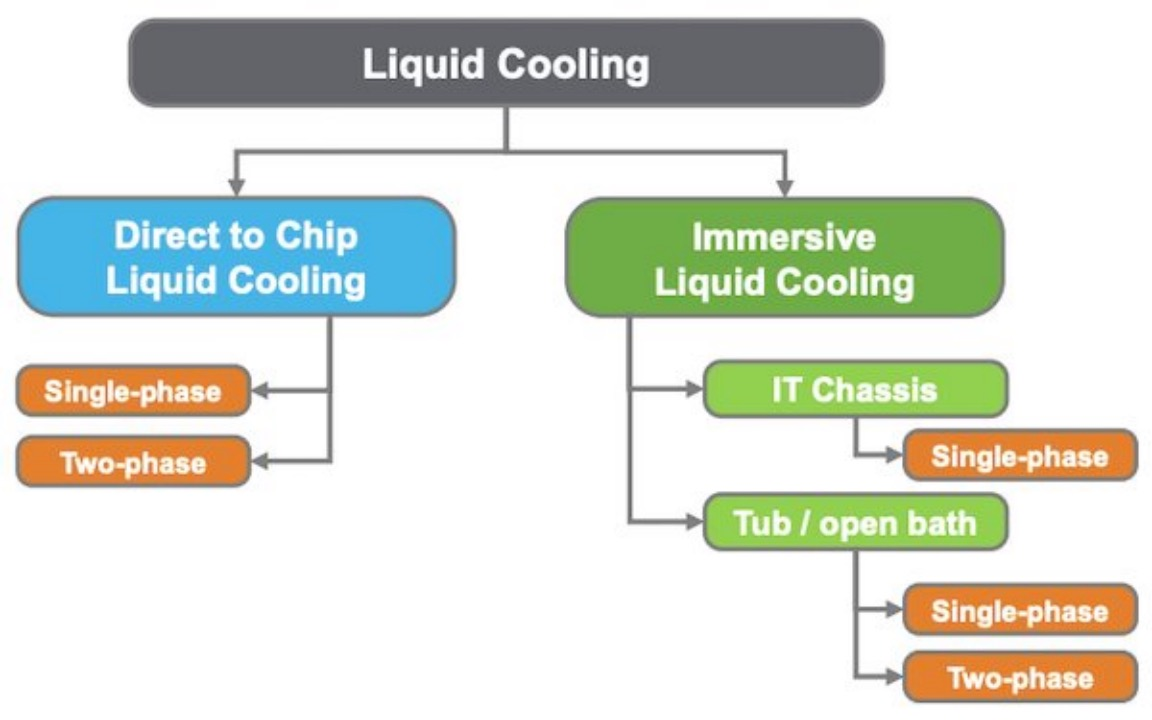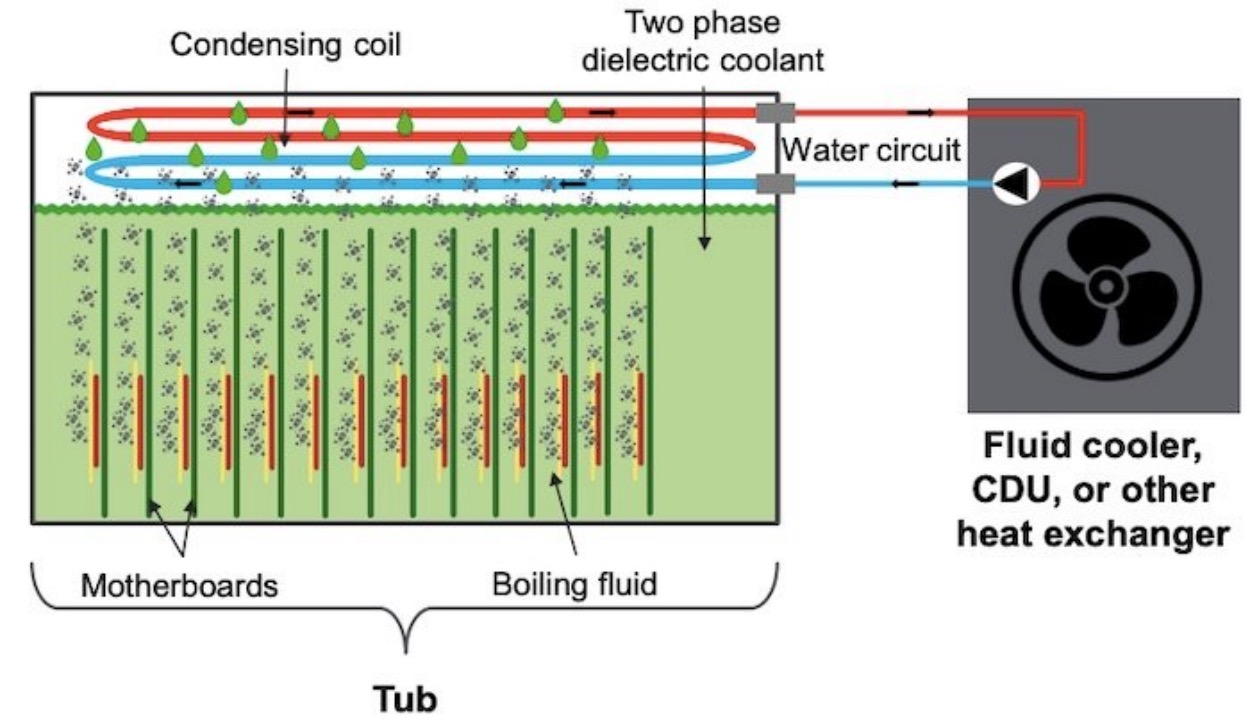Data Centers are Only Getting Hotter, But Circuit Cooling Techniques Can Help
Data centers are increasingly overburdened, which drives up the heat. What are some common methods to cool them down?
With server racks, CPUs, and GPUs increasing in power density, mechanical and electrical engineers are tasked to alleviate the heat found in data centers.
Man commercial and industrial facilities require computer room air-conditioning(CRAC), a computer room air handler(CRAH), chillers, and server rack fans to cool new or existing data centers. Som data centers even include raised flooring with a 2~4 foot crawl space for disreibuted cold air.
It is not until the end of the preliminary structural design that electrical design engineers are tasked with powering the units.
Engineering teams have gotten creative with the heat issue, too. For instance, Microsoft recently submerged a small data center 117 feet down off the coast of Scotland to cool approximately 864 computer servers. Alternatively, researchers in Switzerland have devised a design process that involved gas-etching slits of a GaN layer coated on a silicon material to cool chips.
As data centers are increasingly strained, however, two established ways that design teams have addressed heat dissipation is direct-to-chip cooling and immersive cooling.

Direct-to-Chip Cooling or Immersive Cooling?
Direct-to-chip cooling can capture 50% to 80% of the heat that is dissipated in data centers while immersive cooling methods remove around 95% of heat, reducing the need for traditional cooling systems such as CRAC and CRAH units.
According to Schneider Electric, immersive cooling (or the "tub method") involves submerging the full hardware into a large bath of leak-proof dielectric fluid. The fluid absorbs the heat and in some cases turns to vapor. Otherwise, it cools or condenses before returning to a fluid once more at its cooling point.
For immersive liquid cooling, the server lays vertically and can be placed back-to-back, a layout advantage that is not possible with servers following the direct-to-chip liquid cooling method. Image used courtesy of Schneider Electric
On-chip liquid cooling may involve direct-to-chip cold plates, evaporators, or immersion cooling. When design engineers utilize cold plates, the solution sits directly on board processors to draw away heat. There are two groups of cold plates: single- and dual-phase evaporators.

Single- vs. Dual-Phase Evaporators
Single-phase evaporators use cold water in a looped system that absorbs heat into the plate. Dual-phase evaporators, on the other hand, allow a low-pressure dielectric liquid to flow through the cold plates. Dielectric fluid is used to eliminate the risk of water exposure to IT equipment.
The architecture is shown above for a dual-phase immersive liquid cooling setup, complete with a dielectric coolant that changes from liquid form to a gas, taking away the heat. Image used courtesy of Schneider Electric
The heat released from the evaporator as a vapor is then transferred into a heat rejection unit. This will also require additional control units to help the fluid circulate evenly as it switches states.
Choosing a Cooling Method by Application
Engineers can ultimately determine the best way to beat the heat depending on the application.
If developers are looking to retrofit a facility’s data center, a direct-to-chip liquid cooling approach would be the easiest and most cost-effective solution. With new data centers, developers might opt for a non-air conditioned space that uses immersive liquid cooling to capture heat and save on air-cooled equipment.
 中文
中文



.png) Search
Search


 >
>  Return to List
Return to List